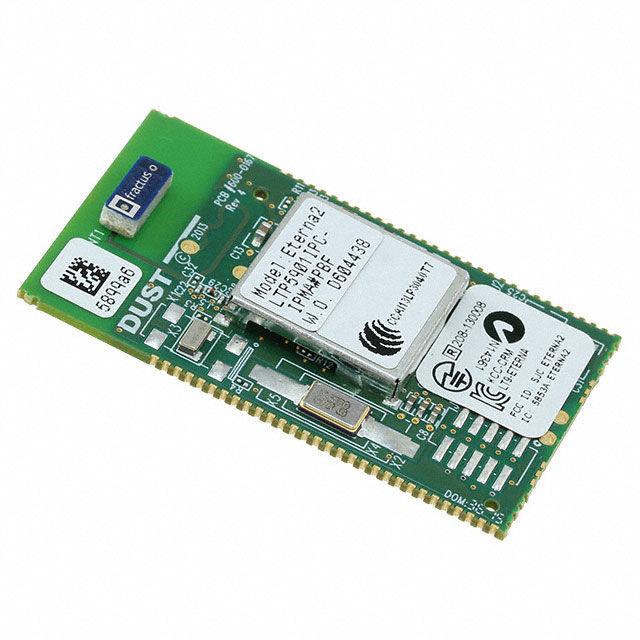Why Are Telephone Extension Cables Essential for Modern Connectivity?
- joddiemarshall6
- Oct 16
- 3 min read
Introduction
Despite the rise of smartphones and wireless communication, landline telephony and wired internet setups still hold their ground in residential and commercial environments. One of the most functional yet underrated accessories in these setups is the telephone extension cable. This simple component makes it possible to relocate devices, manage space efficiently, and ensure seamless communication across different rooms or work areas.
Let’s explore the core purpose, types, and benefits of telephone extension cables while offering practical insights into selecting the right one for your needs.
What Is the Function of a Telephone Extension Cable?
A telephone extension cable acts as a link that connects a fixed wall socket to a phone or a modem/router at a more convenient location. This not only increases the flexibility of device placement but also prevents the need for costly rewiring or structural changes.
It is commonly used in homes, offices, hotels, and shops where the central line installation does not meet all positional needs. These cables also enable multiple telephony setups in different rooms without losing signal strength.
How Do Telephone Extension Cables Improve Layout and Accessibility?
In any space where fixed wiring limits movement, telephone extension cables become the go-to solution. Here’s how they enhance usability:
Extend the line connection from one room to another
Support neat installation without exposed wires or clutter
Help reach awkward corners, such as behind furniture or cabinets
Allow repositioning of phones or routers without technical assistance
Adapt to layout changes in evolving home or office setups
What Are the Main Types of Telephone Extension Cables?
Understanding the available options can help match your cable to your device and infrastructure.
BT Plug to Socket Cables
Primarily used in the UK for connecting to BT-style wall sockets
Features a standard BT plug on one end and a socket on the other
Ideal for traditional landline phones
RJ11 to RJ11 Cables
The most commonly used standard for telephones and modems
Compact connectors support seamless signal transmission
Often used in DSL and analogue phone lines
Flat vs Coiled Cables
Flat cables are flexible and easy to conceal under carpets or baseboards
Coiled cables offer stretchability and help avoid excess length
ADSL or DSL Extension Cords
Specifically shielded to maintain broadband speed over distance
Reduce line noise and improve modem/router performance
Which Features Should You Look for When Buying?
When selecting a telephone extension cable, certain specifications directly impact functionality and durability. Here’s what to consider:
Length Requirements
Measure the distance between your device and the wall socket
Choose a length that gives flexibility without excessive slack
Connector Compatibility
Match the cable ends to the devices and socket types
RJ11 and BT are the most common, but verify before purchasing
Signal Protection
Look for cables with internal shielding to prevent interference
Insulated designs help maintain signal clarity for voice and data
Build Quality
Durable outer jackets prevent cracking or splitting
Reinforced connectors ensure a secure and reliable connection
What Are the Ideal Use Cases?
Telephone extension cables are not limited to residential uses. They serve various industries and settings effectively:
Call Centres: Connect multiple headsets or phones to a central system
Small Businesses: Relocate phones to customer service desks or back offices
Remote Workspaces: Move landline phones or modems to quieter zones
Retail Shops: Integrate POS systems with central communication lines
Hotels and Hospitality: Install bedside or desk phones in guest rooms
Benefits of Using Telephone Extension Cables
These simple tools bring a surprising amount of versatility and efficiency to wired communication setups. Key advantages include:
Mobility: Shift phones and routers wherever needed without rewiring
Affordability: A cost-effective alternative to new installations
Compatibility: Work with most standard telephony and internet hardware
Easy Setup: Plug-and-play installation with no technical skills required
Tidy Setup: Keeps wiring organised and out of the way
Do Cable Quality and Design Affect Performance?
Absolutely. Poor-quality cables may introduce signal interference, leading to dropped calls or slower internet speeds. High-grade telephone extension cables minimise data loss, support voice clarity, and are more durable under frequent use.
Use clips or trunking to secure the cable along walls or ceilings and prevent trip hazards. Avoid placing the cable parallel to power cables to reduce the risk of electrical interference.
Final Thoughts
Telephone extension cables are more than just accessories; they are critical to optimizing communication and connectivity in structured environments. From extending your modem’s reach to placing a phone in the perfect spot, these cables offer practical solutions without needing permanent changes.
When selected correctly, a good telephone extension cable will improve signal quality, support device flexibility, and enhance the overall efficiency of your telephony infrastructure. Whether at home or in a professional setting, investing in the correct cable ensures reliable and accessible communication wherever it’s needed.



Comments